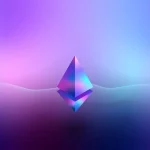
One thing that makes the blockchain effective is its use of the Proof of Stake mechanism. It’s an effective alternative that delegates the network's control to anyone who owns ETH. This also gives users mining power depending on the percentage of coins held or owned. Therefore, the blockchain has low energy consumption that helps offer faster transaction speeds. It's also a less expensive piece of tech that easily sustains the operations. The blockchain also uses smart contracts with diverse applications within the finance space.
Briefly about Ethereum Network
The Ethereum blockchain was released on 30th July 2015 by Vitalik Buterin and Gavin Wood. It later got its stable release on 5th August 2021. The blockchain works by enabling the creation of dApps and smart contracts. This makes it possible to eliminate fraud since the contracts can't be manipulated, changed, or hacked. Besides, the contracts self-execute, thus ensuring that you will never require an intermediary. The platform also has four technological building blocks: consensus algorithms, peer-to-peer networking, Turing complete virtual machine, and cryptographic addresses and tokens. This helps it stand out from other blockchains since these pillars work across the board.
Ethereum Blockchain - The Internet of Assets.CryptoLists.com
Ethereum blockchain is an open-source, decentralized, and distributed platform that enables the creation of decentralized applications (dApps) and smart contracts. Smart contracts are protocols that help verify, facilitate or enforce the performance and negotiation of agreements. For example, it can represent a legal contract that emulates the financial contract logic of contractual clauses. The blockchain helps minimize downtime meaning that its applications never shut down unexpectedly. Furthermore, it doesn’t have censorship, thus making it easy to distribute the nodes worldwide and eliminating the need for a central authority.
Utility of Ethereum Network?
Ethereum has expanded on Bitcoin’s vision of having a decentralized payments system. That’s by building a global computer network that helps link users to dApps while offering user control, security, and unprecedented efficiency. Furthermore, the platform features groundbreaking features like smart contracts.
The platform can be used for various applications in supply chain management, identify management, advertising, gaming, web browsing, and finance. Besides, since its native cryptocurrency, ETH, powers it, it enables developers to develop new ETH-based tokens to power dApps using smart contracts.
The most common tokens are built on the ERC-20 token standard featuring self-executing smart contracts that facilitate, enforce and verify transactions on the blockchain. Besides, the permissionless blockchain allows for the development and creation of apps without oversight from a central authority. It makes it easy for people or users to experiment with their tokens.
Ethereum Network
Release Date: July 31, 2015
Advantages at Ethereum Network
 + Ethereum is a public network.
+ Ethereum is a public network.+ Ethereum is not classified as a security in the U.S.
+ Has multiple use cases, including tokenization, public transportatio
+ Soon changing to a Proof of Stake consensus mechanism.
Disadvantages
- There is no say in the future development of ERC tokens.
- Gas fees can be very high.
- The total transaction costs are among the highest of all blockchains.
Costs
▪ Rated at 8/10Ethereum transaction fees can vary depending on the network. Therefore, when there is congestion on the network, the prices can spike as they did during the crypto boom from 2017 to 2018. During this time, the fee reached around $3.
The average transactions fee measures the approximate fee in USD after an ETH transaction is processed and confirmed. Currently, the average fee for transacting with Ethereum is between $30.85 to $33.04 per transfer. On the other hand, the L2 method transfer is cheaper, with an average of $0.25 per transaction. The network is known to have some high transfer fees compared to other networks.
Reputation and Buzz
▪ Reputation rated at 10/10▪ Buzz rated at 10/10
According to some users, Ethereum has a network capable of attracting new users or businesses day by day. It provides competitive security measures for all transactions within wallets. Besides, its transparent and decentralized approach is similar to what users are accustomed to with the Bitcoin network. Because of this, users can execute transactions and deals without the need for third parties.
On the other hand, its smart contracts system helps people have some peace of mind when transacting or investing. It helps minimize any downtime, thus ensuring that no dApps end up shutting down unexpectedly. The standalone applications run on the EVM, and they offer results like P2P marketplaces, schedulers, online gambling apps, reputation functions, and micropayment platforms.
Some of the developers involved in Ethereum Network
▪ Rated at 10/10The logos below represent some of the developers who have been involved in Ethereum Network. Check out the developer about page, by clicking the logo. There you can see what coins they have developed and at what exchanges, brokers and trading platforms their coins are available.

FAQ
What are the fees of transacting ether?
The fees will vary from one wallet to another. You will encounter that even though some platforms are entirely free to use, there will be a small fee that goes to the miners who help smoothen the flow of transactions within the network. These miners ensure that your transactions confirm reliably and consistently. Therefore, check your wallet to know the fee since it might vary depending on the level of network traffic. The small fees will not have a huge impact on your wallet but nothing is free as it is advertised. It will not be like those platforms paid platform thus you won’t feel . Free or paid platform all have their advantages and disadvantages on the wallet.
How is Ethereum different than Bitcoin?
Bitcoin is considered to be the pioneer of the blockchain revolution. It was established as a permissionless and public distributed ledger system to replicate, store and validate transaction data. Ethereum aims to expand on these concepts by harnessing the same network capability. That’s by running scripts of code as a global computational network. The concept has large potential with apps including medical records, global supply chains, voting, etc. You can easily access them and also learn about them it only needs practice.
What is an ERC-20 token?
The ERC-20 token is a network-based asset that has similar functionality to Ethereum. Therefore, the token can be sent, hold value, and be received like any other token or coin. The major difference with their cryptos is that the tokens are hosted and created on the Ethereum blockchain. Therefore, the tokens are sent and stored using ether transactions and addresses. Besides, they also use gas to cover their transaction fees.
Why care about gas fees in Ethereum?
Gas is amongst the smallest work that’s conducted on the ether network. Confirming and validating transactions on the network requires gas, and it depends on the type and size of a transaction. The gas helps measure the amount of work that miners need to complete to include all transactions in a block.
History about Ethereum Network
September 15, 2022 - The long awaited Ethereum merge takes place. Next steps to speed up and improve Ethereum blockchain include the Surge, the Verge, the Purge and the Splurge.
27th of September, 2022 - The co-founder of Ethereum, Vitalik Buterin, launch a book called "Proof of Stake: The Making of Ethereum and the Philosophy of Blockchains". The book from Vitalik is based on around 10 years of observations from the blockchain industry. Before ordering the book, you can check out our section with PoS coins and tokens here or learn about the old consencus mechanism called Proof of Work. If you first want to venture into the native coin of the Ethereum network, check out the latest about Ether (ETH) or see where you can make deposits with ETH.
April 2023 - The next stage of the Capella upgrade roadmap is completed. Known as Shanghai (and informally as 'Shapella' in a portmanteau of the two words), the upgrade will enable the withdrawal of staked ETH from the Ethereum blockchain, completing its transition from a proof of work to a proof of stake network. This is the biggest event regarding the Ethereum blockchain itself since The Merge.
Screenshots from Ethereum Network
Native crypto coin for this blockchain? Learn more about Ether (ETH)
 ETH is the native coin for Ethereum Network. It is therefore also worth reading more about that on the link below.
ETH is the native coin for Ethereum Network. It is therefore also worth reading more about that on the link below.›› Read our full Ether review here

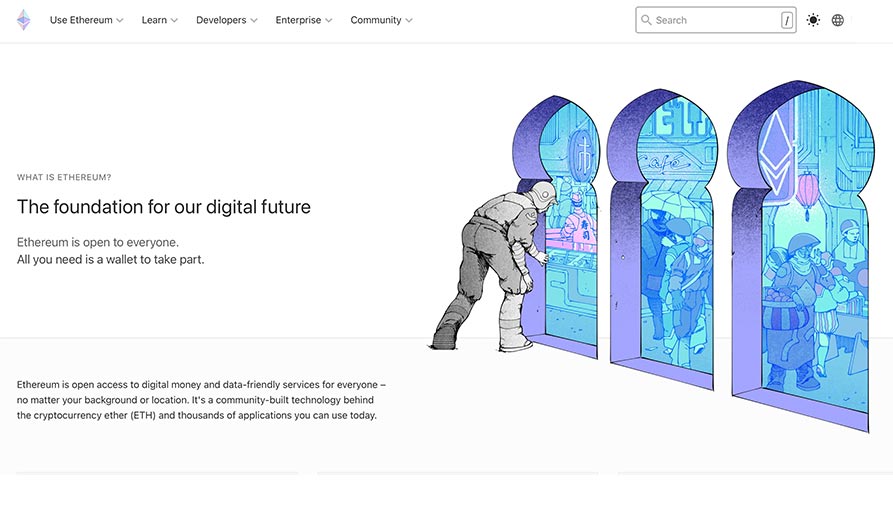
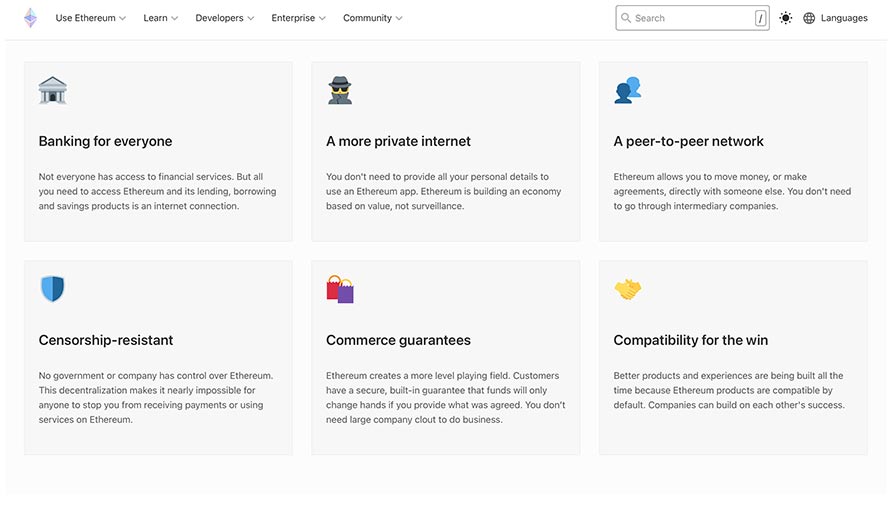






























































































































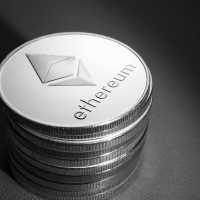 3 Ethereum casinos to rake back those Ether losses on!
3 Ethereum casinos to rake back those Ether losses on!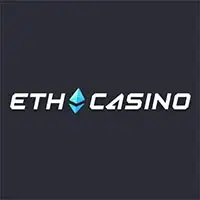 ETH Casino sees big inflows after Ether price drop
ETH Casino sees big inflows after Ether price drop Crypto Lists reach 400 ETH Casinos
Crypto Lists reach 400 ETH Casinos







